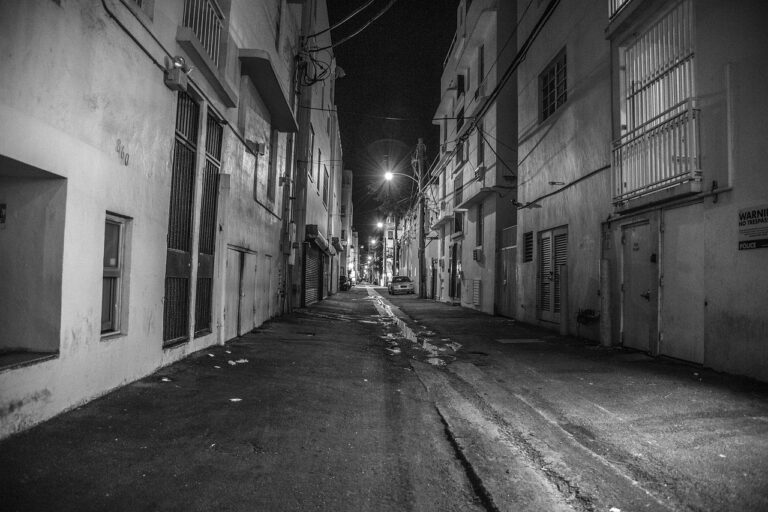The Role of Sustainable Fashion in Circular Economy Models
Fast fashion is a term that refers to the rapid production of trendy clothing items at affordable prices. The environmental impact of fast fashion is immense, with the industry being one of the largest contributors to pollution worldwide. The constant demand for new styles leads to massive amounts of clothing waste being generated, as consumers often discard garments after only a few wears.
The production of fast fashion also involves large quantities of water usage, toxic chemicals, and greenhouse gas emissions. From the cultivation of raw materials to the manufacturing process and transportation, each stage of fast fashion production contributes to environmental degradation. It is crucial for both the industry and consumers to prioritize sustainable practices and adopt more eco-friendly alternatives to mitigate the harmful effects of fast fashion on the planet.
The Concept of Circular Economy in Fashion Industry
Circular economy is a crucial concept gaining traction in the fashion industry. It centers around the idea of creating a closed-loop system where materials are reused, repurposed, and recycled to minimize waste and reduce the environmental impact of the fashion production process. By shifting from a linear model of ‘take, make, dispose’ to a circular model, the industry aims to promote sustainability and long-term viability.
Designing products with longevity in mind, utilizing recyclable and biodegradable materials, and implementing efficient recycling processes are at the core of the circular economy in fashion. Brands and designers are increasingly exploring innovative ways to extend the lifespan of garments, incorporate organic and sustainable fabrics, and upcycle existing materials to contribute to a more sustainable future. Embracing the principles of circular economy not only benefits the environment but also promotes economic growth and social responsibility within the fashion industry.





